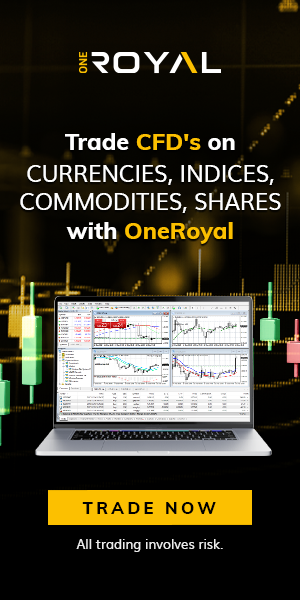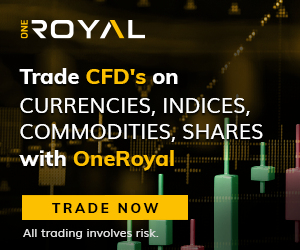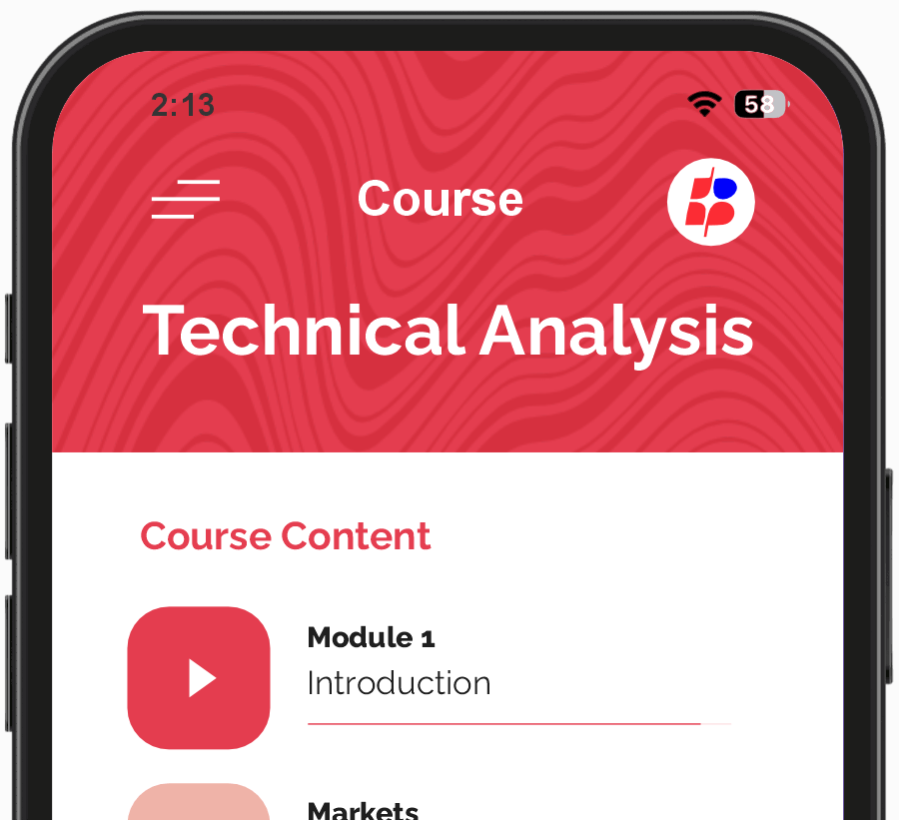Quantitative Analysis is a word you’ll hear a lot if you’re serious about making money in Forex trading.
But what exactly does it mean? Is it some kind of formula for knowing when to buy or sell a currency?
Or is it just another confusing term that only expert traders understand?
Let’s say you can look at numbers, charts, and data and know where the market might go.
That’s what many traders believe quantitative analysis helps them do. But how does it work?
Is it something you need to study in school, or can you learn it on your own and use it to become a better trader?
Let’s look into it.
In This Post
What is quantitative analysis in Forex?
Quantitative analysis in Forex simply means using numbers, data, and math to study the market.
Instead of guessing or using only news or feelings, a trader looks at data like price charts, trading volume, past patterns, and other statistics to make decisions.
Think of it like this:
When a student prepares for an exam, they will look at their past test scores to see where they need to improve.
In the same way, a Forex trader uses past data and numbers to figure out where the market might move next.
Why is quantitative analysis important in Forex?
1. It Removes Guesswork
Instead of trading based on luck, you use real numbers and patterns. This helps you make smarter decisions.
2. It Helps You Find Opportunities
By analyzing data, you can spot times when a currency pair is likely to go up or down and take action.
3. It Can Be Automated
Many traders use robots or software (called trading algorithms) that are built using quantitative analysis. These robots can trade for you based on the rules you set.
Simple Example of Quantitative Analysis in Forex
Let’s say you’re looking at the EUR/USD pair (that’s the Euro vs. US Dollar).
You check the last 100 days of price data. You see that every time the Euro drops by 50 pips (a pip is a small unit of price movement), it tends to bounce back by 30 pips the next day.
This is a pattern based on numbers. If you use this information, you can plan your trades better. This is what quantitative analysis helps you do.
Tools Used in Forex Quantitative Analysis
Below are a few tools traders use for quantitative analysis:
- Moving Averages: This shows the average price over a certain number of days.
- Relative Strength Index (RSI): Tells you if a currency is overbought or oversold.
- MACD (Moving Average Convergence Divergence): Helps find changes in momentum.
- Backtesting Software: You can test your trading ideas using past data to see if they would have worked.
Is Quantitative Analysis Only for Big Traders?
Not at all. Even beginners can use it. In fact, many trading apps and platforms make it very easy. You can start small, just by understanding how to read charts, track past prices, and look at simple indicators.
Conclusion
Quantitatives analysis is one of the smartest ways to approach Forex trading. It’s like being a detective, studying clues in the form of numbers and patterns to catch the next big move in the market.
You don’t need to be a math genius to start. Just be curious, ready to learn, and consistent.
Are you ready to stop guessing and start trading with real information? That’s what quantitative analysis is all about.



